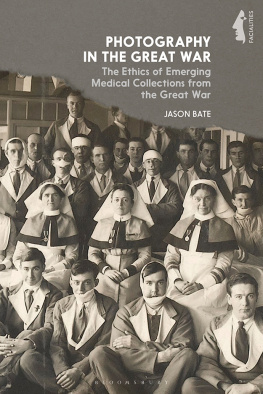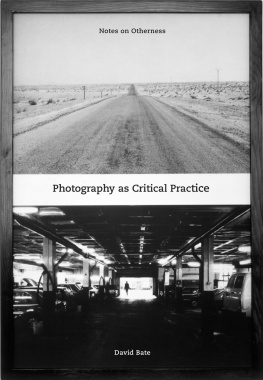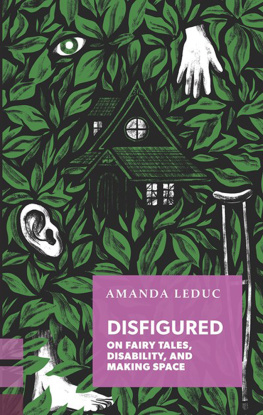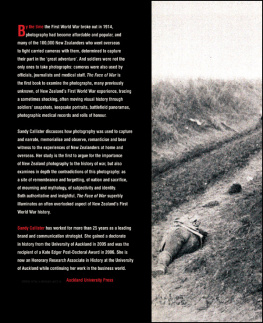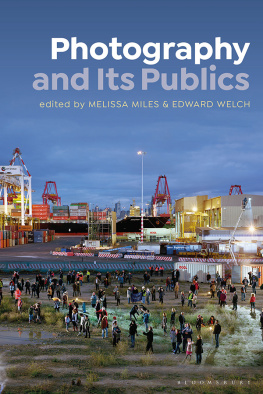This book has been shaped and reshaped over a number of years and through the guidance and support of many people. The bulk of the research was developed while I was a PhD student at Falmouth University where I had the great fortune of being supervised by Nancy Roth, Fiona Hackney and James Ryan. Without their generosity and spirit of giving time, dedication and support for my work this book would have looked very different. Both Falmouth University and the University of Exeter provided highly supportive and stimulating academic environments that have shaped my thinking in profound ways.
As with any research project, my work was made infinitely easier by the support of many archivists and research professionals, including those at the Royal College of Surgeons of England, London; the Imperial War Museum, London; the Wellcome Library, London; the Museum of Military Medicine, Aldershot; the London Metropolitan Archives; the British Library, London; the Bodleian Library, Oxford; the Bill Douglas Cinema Museum, Exeter; the Archives of the Bibliothque Interuniversitaire de Sant, Paris; and the Royal Society of Medicine, London. I am particularly grateful to David Wiggins from the Museum of Military Medicine, Robert Greenwood and Lilian Ryan from the library of the Royal Society of Medicine, Ruth Neave, formerly of the British Association of Plastic, Reconstructive and Aesthetic Surgeons at the Royal College of Surgeons, and Andrew Bamji, honorary archivist of the Gillies Archive, for generously sharing expertise and allowing unfettered access to the collections.
I am indebted to many friends and colleagues at the University of Exeter and elsewhere for their help, encouragement, as well as critical feedback over the years, that have shaped the work in many ways, including David Jones, Joe Kember, John Plunkett, Phil Wickham, Suzannah Biernoff, Wendy Gagen, Jessica Meyer, Sara Dominici, Beatriz Pichel and Kat Rawling. I would also like to acknowledge my myriad debts to the scholars whose names populate the endnotes of this book; their work has provided the inspiration and the foundation for this study.
Throughout this project I have benefited enormously from a number of instances of academic collegiality which have improved my writing. I appreciate is based on another article published in the Science Museum Group Journalin 2020; I am grateful to the journals editor for his permission to rework the material. Gil Pasternak kindly shared his thoughts on ethics and the challenges of engaging medical photograph collections before publication, and Michael Roper, Jennifer Tucker and Elizabeth Edwards all provided encouragement and insight in discussions of my work. They have made this a better book than it would otherwise have been.
I owe a particular debt of gratitude to the family descendants of the small group of facially injured ex-servicemen from the Great War discussed in this book, who provided me not only with invaluable personal information but also large numbers of family photographs of their ancestors relating to postwar domestic life.
I have had the good fortune to present many of the ideas contained in this book at a number of conferences and workshops as they have developed. I am particularly appreciative of the opportunity to present my work at a series of workshops on the cultural legacy of les gueules casses offered by the international research project 1914 Faces 2014 funded by the EU scheme Interreg at the University of Exeter, led by David Jones for the UK team between 2013 and 2015, a French team was led by Professor Bernard Devauchelle, Institut Faire Faces, Amiens; and the AboutFace workshop Emotions and Ethics: the Use and Abuse of Historical Images, organized by Fay Bound Alberti at the University of York and held online in June 2020, for the chance not only to present but also to refine the central thesis of this book.

